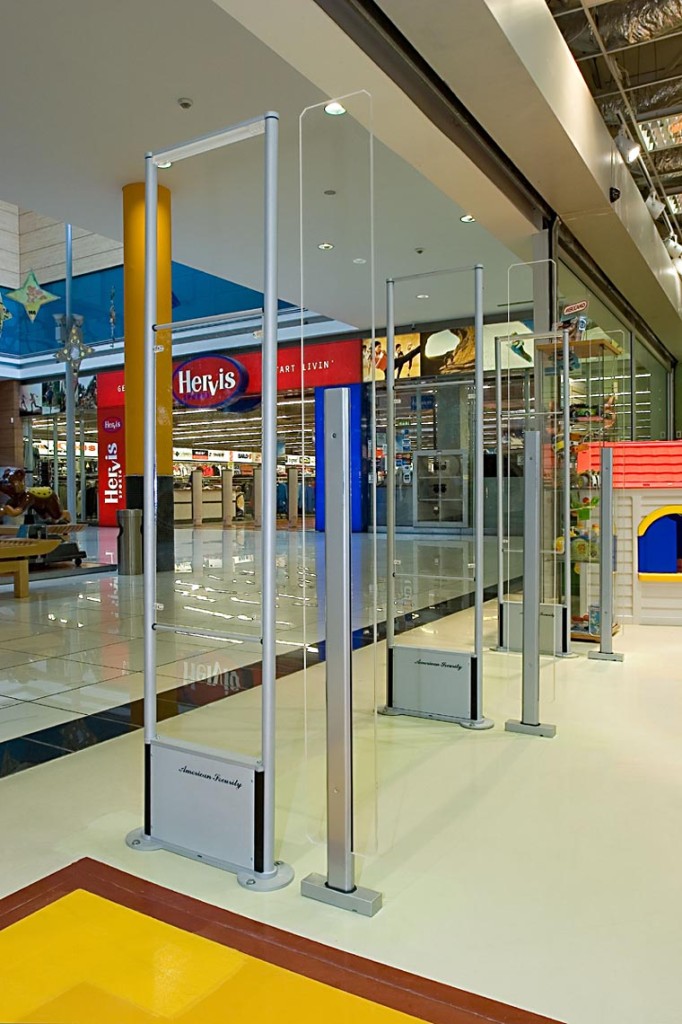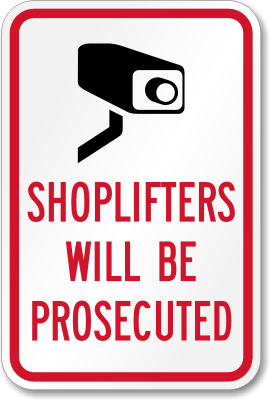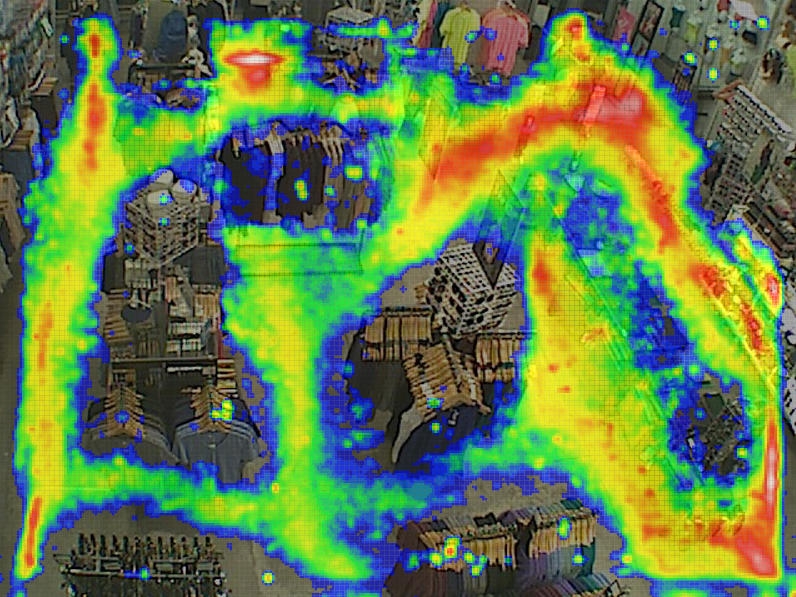We’ve all been there - You’re leaving a store, excited about your most recent purchase, when the shriek of the security alarm stops you dead in your tracks. The subsequent walk of shame back to the cash register, to have the rogue security tag removed, is nearly as painful as the ringing in your ears. As shocking and embarrassing as the whole ordeal can be, it lends proof that your favorite retailer’s anti-theft systems are acting as intended.
While your security snafu was likely caused by a simple mistake at the register, shoplifting is an enormous issue for retailers worldwide. The statistics, as reported by www.shopliftingprevention.org, are absolutely staggering:
- $13 billion worth of goods stolen from retailers annually (that’s $35 million per day!)
- 27 million shoplifters living in the United States
- Over 10 million shoplifters have been convicted in the last 5 years alone
 With such a massive amount of goods stolen every day, it’s no wonder that retailers invest heavily in theft prevention measures to help counteract the damage. While there are a wide variety of security systems available, I’d like to highlight the two most popular. First patented in 1976 by the Sensormatic Electronics Corporation, Electronic Article Surveillance, or EAS, Systems, like the one mentioned in the scenario above, play a crucial role in the fight against shoplifting. EAS systems are used to identify items as they pass through a gated area in the store. According to the Association of Automated Identification Manufacturers, over 800,000 EAS systems have been installed worldwide, the majority of which are used in retail. http://goo.gl/c5f50E
With such a massive amount of goods stolen every day, it’s no wonder that retailers invest heavily in theft prevention measures to help counteract the damage. While there are a wide variety of security systems available, I’d like to highlight the two most popular. First patented in 1976 by the Sensormatic Electronics Corporation, Electronic Article Surveillance, or EAS, Systems, like the one mentioned in the scenario above, play a crucial role in the fight against shoplifting. EAS systems are used to identify items as they pass through a gated area in the store. According to the Association of Automated Identification Manufacturers, over 800,000 EAS systems have been installed worldwide, the majority of which are used in retail. http://goo.gl/c5f50E
First used commercially in 1949, CCTV is another major tool in theft prevention. CCTV is the “use of video cameras to transmit a signal to a specific place, on a limited set of monitors.” If monitored actively, CCTV can be used to spot shoplifters in real time. Security experts recommend that retailers use both CCTV and EAS systems in tandem to attain the most robust level of protection. http://goo.gl/1G00l
 Up until recently, the use of in-store video cameras and product security tags had been used mainly to prevent theft. However, technological advancements in the last couple of years, coupled with a growing desire to track in-store intent data, has led retailers to use their security equipment in innovative new days. Loss prevention expert, Robert DiLonardo, says “new EAS technologies are being produced — not only to reduce shoplifting — but also to help increase sales, lower labor costs, speed inventory, improve stockroom logistics and, one day, to replace inventory record-keeping.” New developments in the Radio Frequency Identification space has allowed for the production of RDIF tags that are capable of “simultaneously storing and processing information about a product while protecting the product from theft.” This new technology could allow customers to skip the step of unloading their shopping carts upon check out – the system would simply scan the items in the cart and transmit that data to the register. Beyond that, items equipped with RFID security tags could allow consumers who had RFID enabled devices to digitally interact with each product, and receive whatever information was preprogrammed on the tag. Conversely, retailers could provide RFID equipped tablets and track the items their customers interacted with, thus collecting valuable in-store intent data.
Up until recently, the use of in-store video cameras and product security tags had been used mainly to prevent theft. However, technological advancements in the last couple of years, coupled with a growing desire to track in-store intent data, has led retailers to use their security equipment in innovative new days. Loss prevention expert, Robert DiLonardo, says “new EAS technologies are being produced — not only to reduce shoplifting — but also to help increase sales, lower labor costs, speed inventory, improve stockroom logistics and, one day, to replace inventory record-keeping.” New developments in the Radio Frequency Identification space has allowed for the production of RDIF tags that are capable of “simultaneously storing and processing information about a product while protecting the product from theft.” This new technology could allow customers to skip the step of unloading their shopping carts upon check out – the system would simply scan the items in the cart and transmit that data to the register. Beyond that, items equipped with RFID security tags could allow consumers who had RFID enabled devices to digitally interact with each product, and receive whatever information was preprogrammed on the tag. Conversely, retailers could provide RFID equipped tablets and track the items their customers interacted with, thus collecting valuable in-store intent data.
http://goo.gl/hrWQvG
With their video equipment, retailers now have the ability to do much more than simply  keeping an eye out for thieves. Video footage and thermal imaging can be used to determine which aisles attract the most attention from shoppers. New motion sensing technology, similar to that found in Xbox Connect can “track a customer’s movement, including whether they picked up a product only to return it to the shelf. In addition to analyzing customer behavior, it can trigger nearby digital signs offering coupons and steering shoppers to certain products.” Retailers can utilize this data to help optimize and customize their store environments to fit the needs of their target customers.
keeping an eye out for thieves. Video footage and thermal imaging can be used to determine which aisles attract the most attention from shoppers. New motion sensing technology, similar to that found in Xbox Connect can “track a customer’s movement, including whether they picked up a product only to return it to the shelf. In addition to analyzing customer behavior, it can trigger nearby digital signs offering coupons and steering shoppers to certain products.” Retailers can utilize this data to help optimize and customize their store environments to fit the needs of their target customers.
http://www.cnbc.com/id/101235143
It’s pretty amazing how in just a couple of decades, technology that was once used solely for theft-prevention, now has the ability to be helpful, insightful and engaging for both retailers and consumers alike. I think it’s safe to say that these recent developments are just the tip of the iceberg in regards to the innovation we will see in the next decade – a great thing for consumers and retailers, a bad thing for shoplifters.